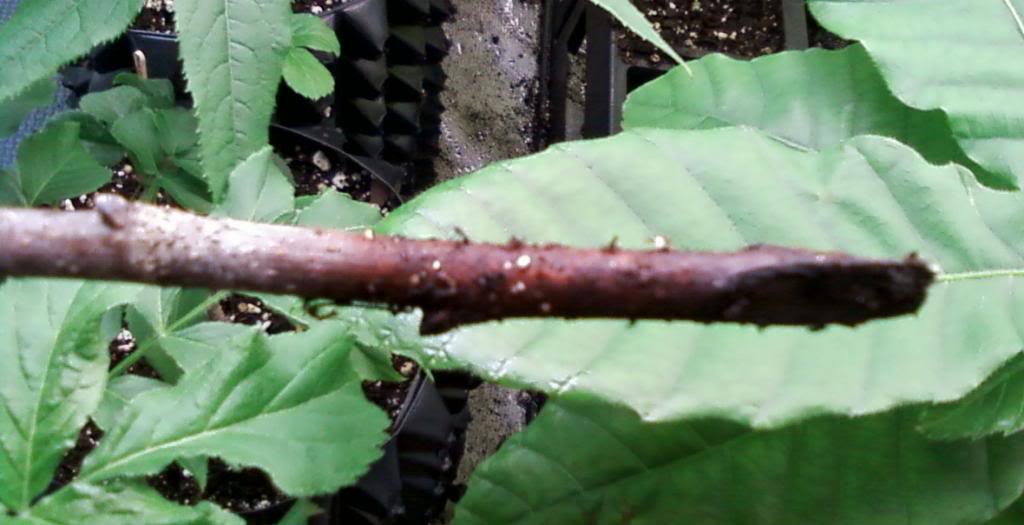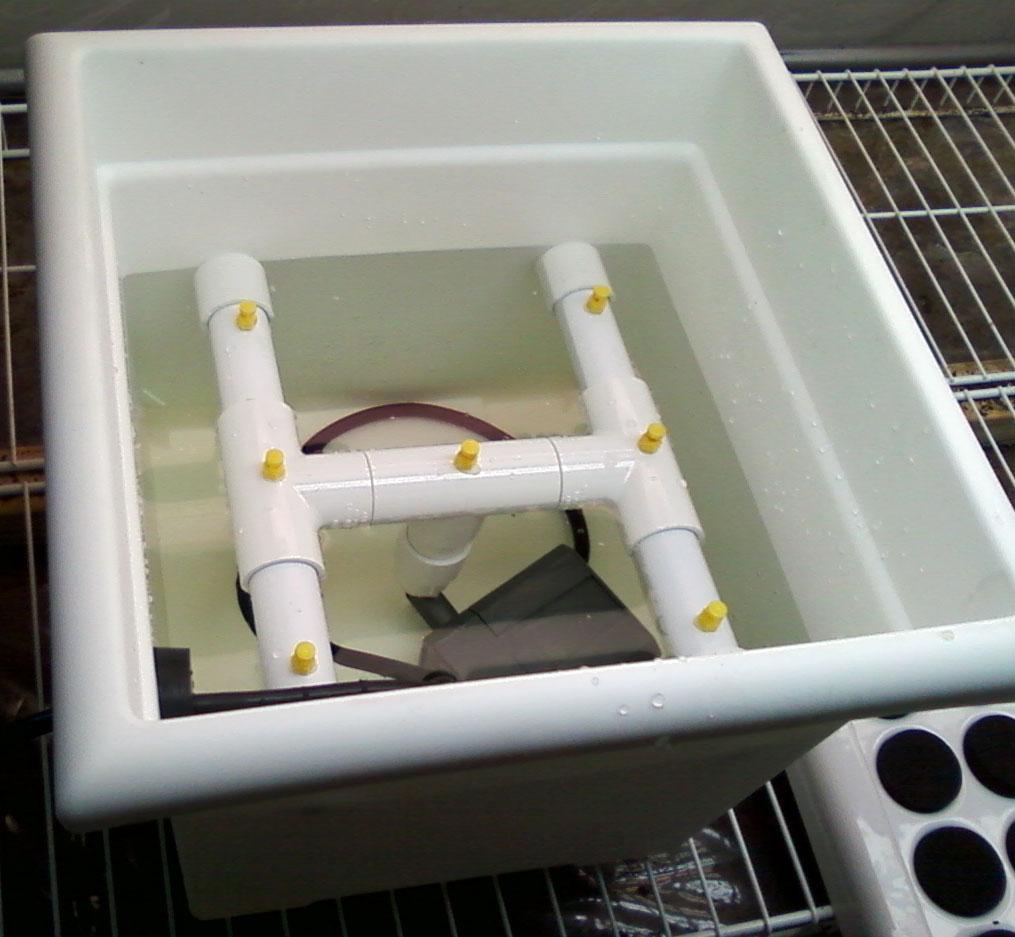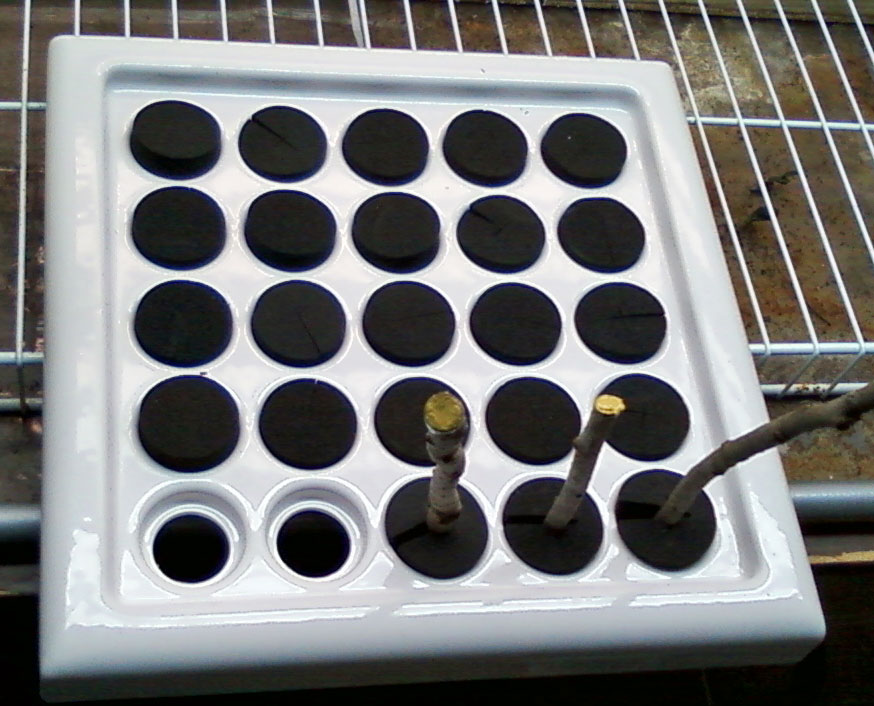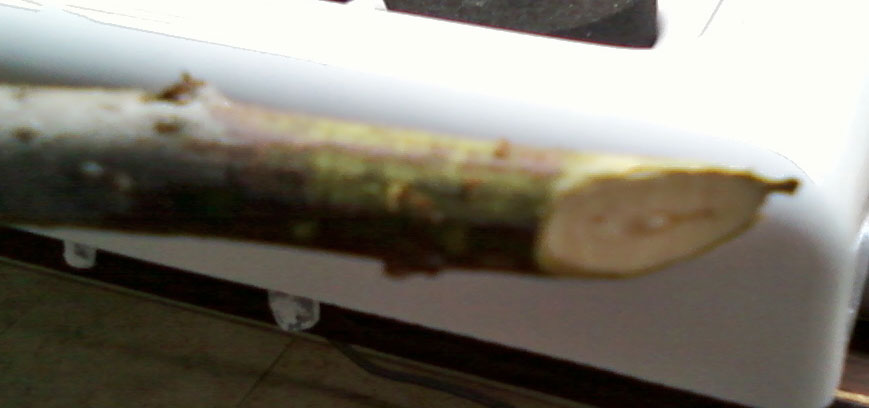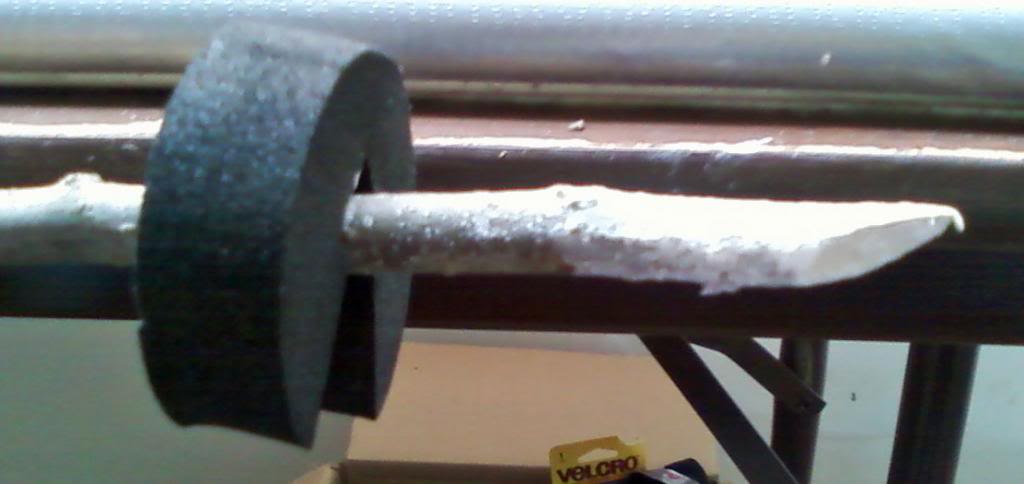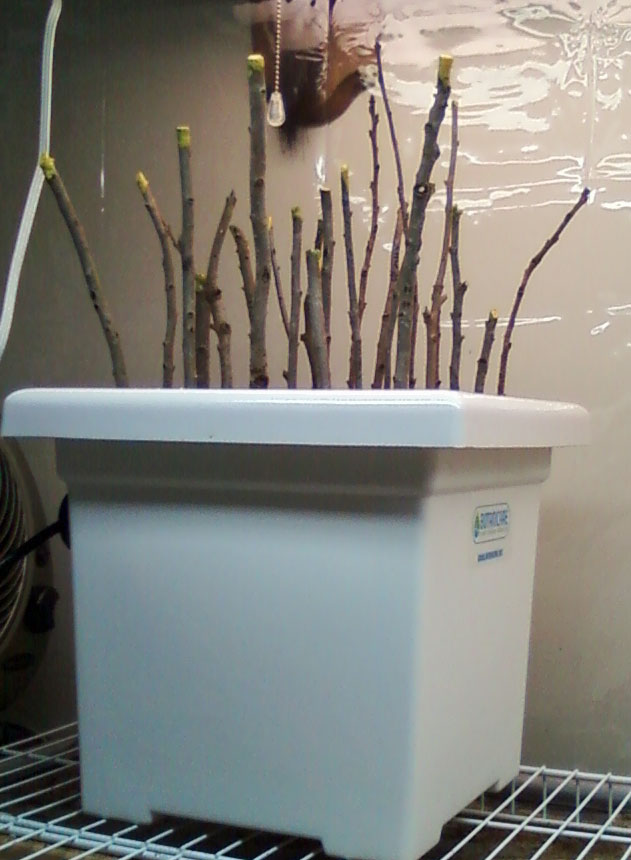yoderjac
5 year old buck +
Lately, I've been trying to start different plants from cuttings. I'm learning as I go. I eventually have been having good success with elderberry. I also tried persimmons. Details are at the end of this thread: http://www.qdma.com/forums/showthread.php?t=47890
Right now, it looks like my success with persimmons will be very low or zero. Eight out of ten of them I tried have now whithered. I'm expecting the other two will follow suit soon.
I knew before I started that rooting persimmons from cuttings was going to be a challenge. There are some real advantages of this if I can get it to work because I know the new trees will be female and will be as promiscuous as the original tree.
I am now considering a cloning machine. I am looking at a botanicare clone machine 25. It seems reasonably priced at about $130 with shipping.
- Does anyone have any experience with cloning machines?
- Has anyone tried them with hard to clone cuttings like persimmon or jujube?
- Does anyone have an experience with this machine or any other specifically?
- Any experience with specific rooting solutions?
Thanks in advance,
Jack
Right now, it looks like my success with persimmons will be very low or zero. Eight out of ten of them I tried have now whithered. I'm expecting the other two will follow suit soon.
I knew before I started that rooting persimmons from cuttings was going to be a challenge. There are some real advantages of this if I can get it to work because I know the new trees will be female and will be as promiscuous as the original tree.
I am now considering a cloning machine. I am looking at a botanicare clone machine 25. It seems reasonably priced at about $130 with shipping.
- Does anyone have any experience with cloning machines?
- Has anyone tried them with hard to clone cuttings like persimmon or jujube?
- Does anyone have an experience with this machine or any other specifically?
- Any experience with specific rooting solutions?
Thanks in advance,
Jack

